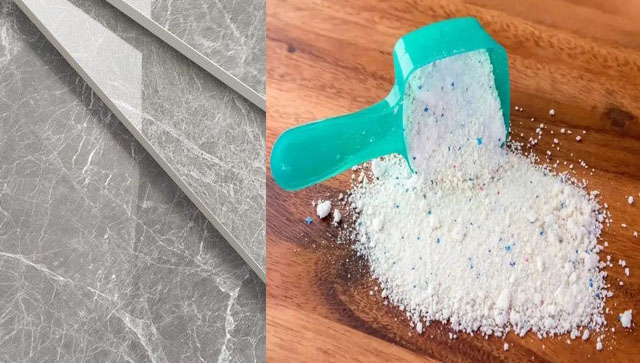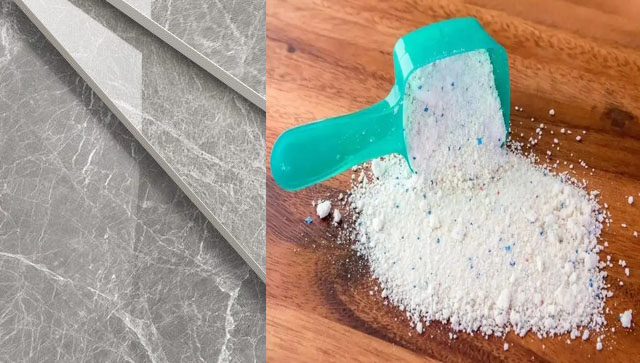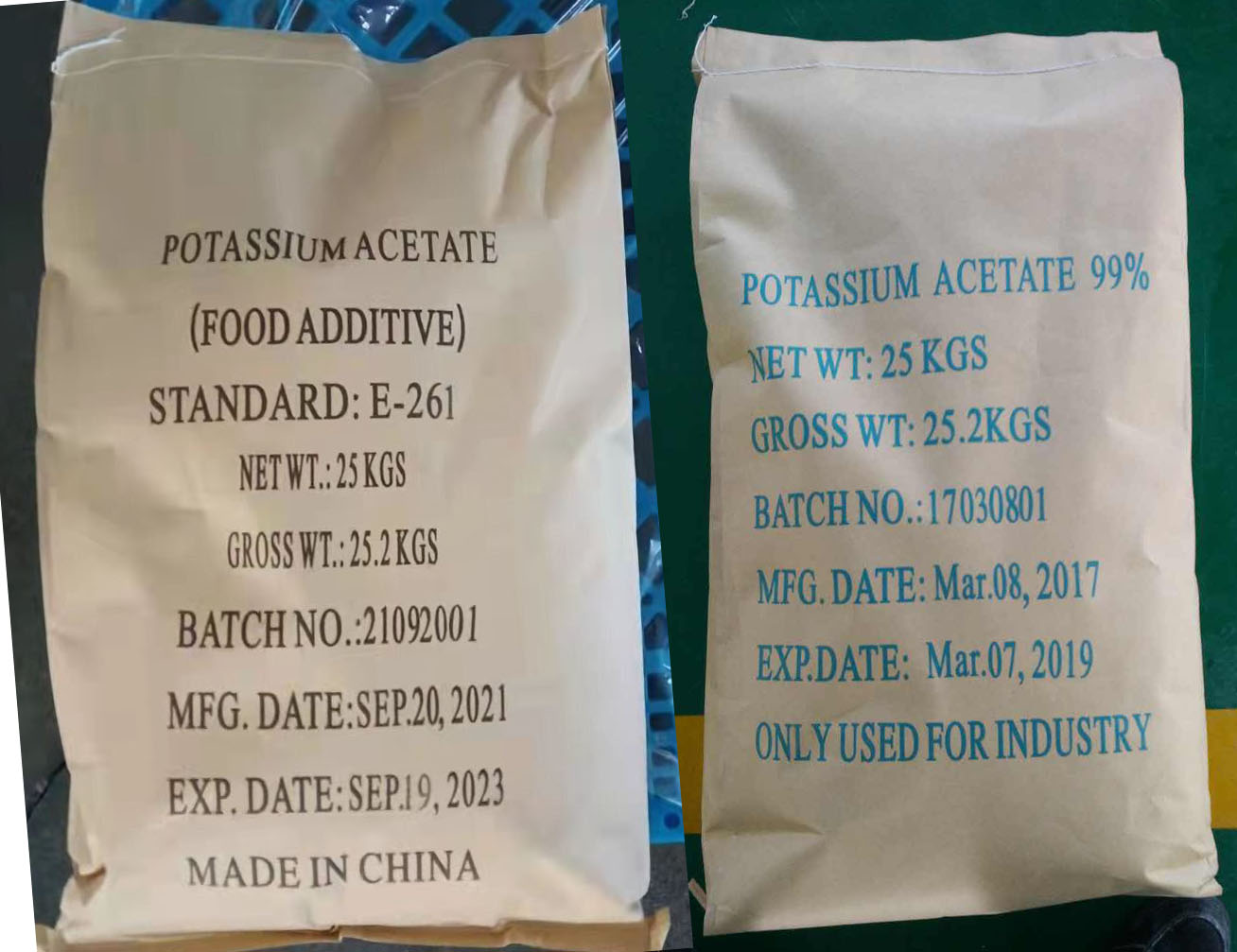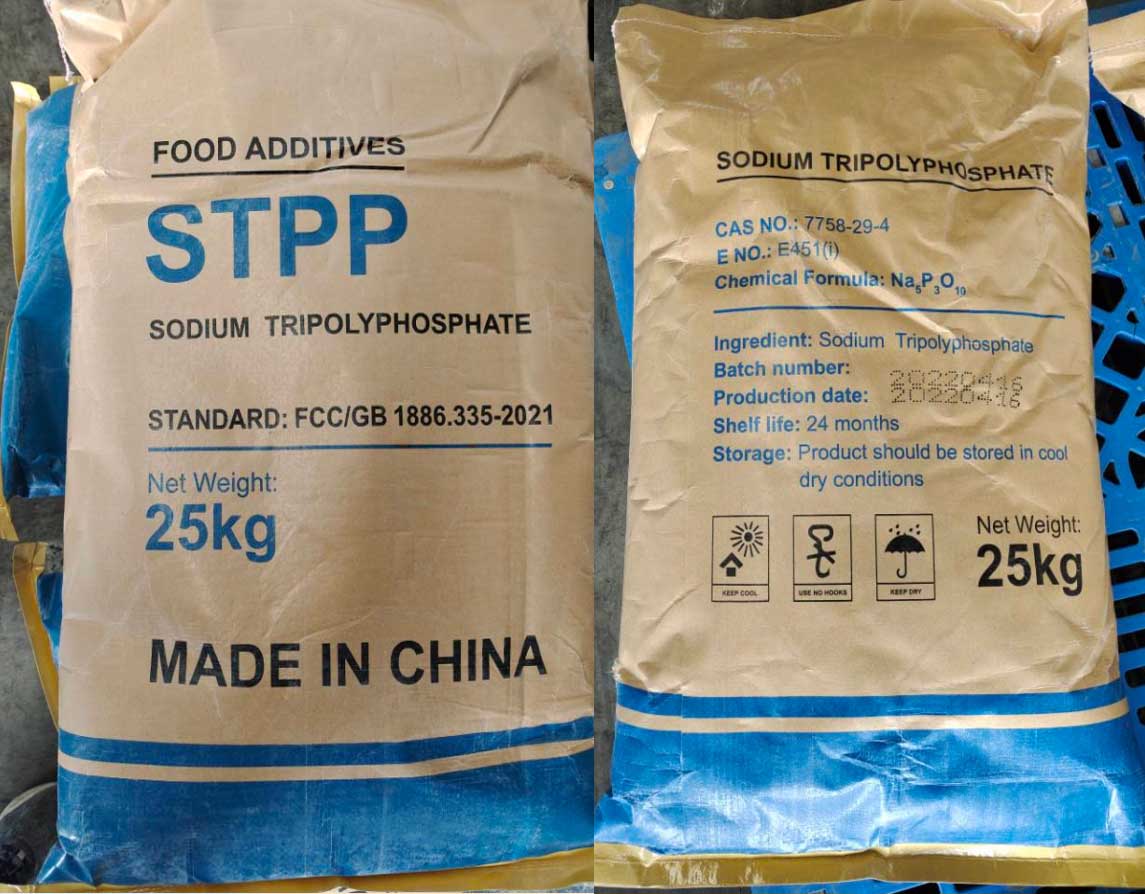Application of Aluminium Tripolyphosphate in the Coating Industry
Aluminium Tripolyphosphate (ATP) is widely used as an environmentally friendly anti-corrosion pigment in the coating industry. It effectively replaces traditional toxic anti-rust pigments like red lead (Pb₃O₄) and zinc chromate (ZnCrO₄) while offering excellent corrosion resistance and compatibility with various coatings.
1. Key Functions in Coatings
Anti-Corrosion & Rust Prevention
Reacts with metal surfaces to form a protective phosphate layer, preventing oxidation and corrosion.
Inhibits electrochemical corrosion, ensuring long-term protection.
Improves Adhesion & Durability
Enhances coating adhesion to metal surfaces, reducing peeling and delamination.
Provides resistance to weathering, chemicals, and moisture.
Eco-Friendly & Non-Toxic
Free from lead and chromium, complying with RoHS, REACH, and other environmental regulations.
Suitable for green coatings and sustainable formulations.
2. Main Applications in Coating Systems
(1) Anti-Corrosion Primers
Used in industrial primers for steel, aluminum, and galvanized metals.
Applied in marine, construction, and automotive coatings.
Commonly used in epoxy, alkyd, acrylic, and polyurethane primers.
(2) Protective Coatings for Heavy Industry
Marine and Ship Coatings: Protects ships, containers, and offshore structures from saltwater corrosion.
Bridges and Infrastructure: Used in steel structures, pipelines, and railway coatings.
Oil & Gas Industry: Protects storage tanks, drilling equipment, and refineries.
(3) Powder Coatings
Provides long-lasting protection in environmentally friendly powder coating systems.
Used for electrical enclosures, industrial machinery, and appliances.
(4) Water-Based Coatings
Compatible with low-VOC and eco-friendly waterborne coatings.
Used in industrial paints, construction coatings, and machinery coatings.
(5) Automotive & Aerospace Coatings
Applied in automotive primers, underbody coatings, and aerospace protective coatings.
Improves resistance to chemicals, humidity, and temperature variations.
3. Future Trends
Shift Toward Water-Based & Low-VOC Coatings
Growing demand for environmentally friendly formulations.
Increased use of ATP in water-based industrial coatings.
Nanotechnology & Hybrid Systems
Development of nano-modified ATP for enhanced dispersion and anti-corrosion properties.
Combination with silicates, zinc phosphates, and organic inhibitors for improved performance.
Expanding Applications
Growing use in electronic coatings, smart coatings, and next-generation protective coatings.
Conclusion
Aluminium Tripolyphosphate plays a critical role in anti-corrosion coatings, offering high performance, eco-friendliness, and versatility. Its applications span across marine, automotive, infrastructure, and industrial coatings, making it a key pigment in the modern coating industry.
Recommended Addition Ratio of Aluminium Tripolyphosphate in Coatings
The dosage of Aluminium Tripolyphosphate (ATP) in coatings depends on the coating system, environmental conditions, and desired anti-corrosion performance. The typical dosage range is as follows:
1. Recommended Addition Ratio in Primers
Solvent-based coatings: 10%–25% (based on total coating weight)
Water-based coatings: 5%–15% (based on total coating weight)
Powder coatings: 8%–20% (based on total coating weight)
2. Application in Anti-Corrosion Coatings
Epoxy primers: 12%–20%
Alkyd anti-rust paints: 8%–15%
Acrylic coatings: 5%–12%
Polyurethane coatings: 10%–18%
High-performance industrial coatings (marine coatings, pipeline coatings): 15%–25%
3. Factors Affecting the Addition Ratio
Substrate type: Different materials (steel, aluminum, galvanized metals) require varying dosage levels.
Environmental exposure: Higher dosage is needed for marine, high-humidity, and high-temperature conditions.
Coating type:
Water-based systems generally require lower dosage due to dispersion limitations.
Solvent-based coatings can accommodate a higher percentage.
4. Best Usage Practices
Combine with other anti-corrosion pigments (e.g., zinc oxide, silicates) for enhanced protection.
Optimize the coating formulation to ensure proper dispersion and prevent sedimentation.
Conduct lab trials to determine the optimal balance between cost-effectiveness and anti-corrosion performance.
For specialized applications or high-performance requirements, it is recommended to conduct preliminary tests to determine the ideal addition ratio.




